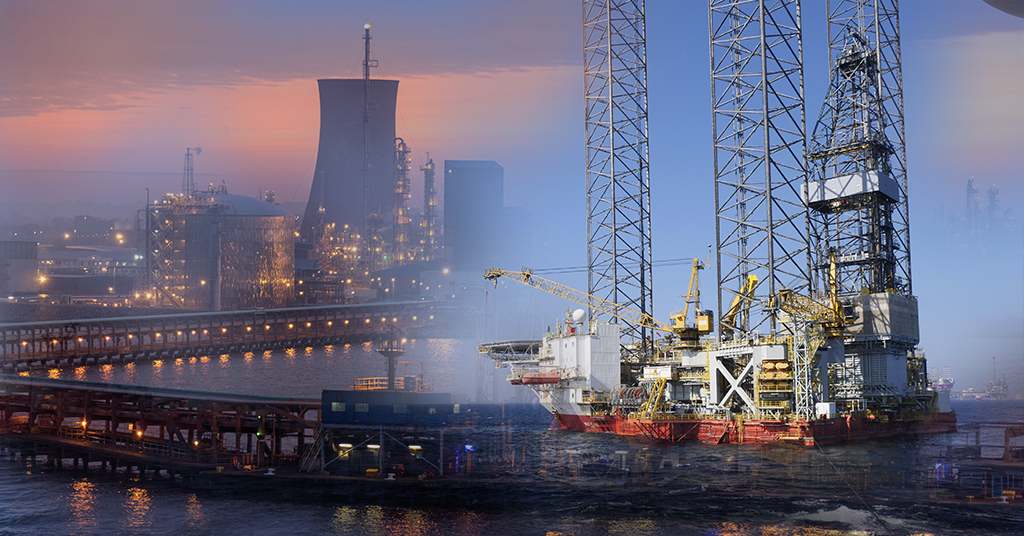US Phthalic Anhydride Contract Prices Dip in December
- 04-Dec-2023 3:42 PM
- Journalist: Patrick Knight
In December, U.S. contract prices for phthalic anhydride witnessed a decline, influenced by the lower contract prices for orthoxylene feedstock during the same month. The pricing dynamics for phthalic anhydride in the U.S. typically align with the changes in orthoxylene contract prices from the previous month. Specifically, phthalic anhydride designated for casting applications was priced in the range of USD 1,488-1,598 per tonne. Similarly, phthalic anhydride with flexibility, designated as phthalic anhydride flex, was priced in the range of USD 1,510-1,708 per tonne.
This pricing trend is intricately tied to the fluctuations in orthoxylene contract prices, showcasing the interdependence of these chemical markets. The reduction in contract prices for phthalic anhydride can be attributed to the parallel decrease in orthoxylene contract prices, shaping the economic landscape of these interconnected chemical commodities.
Adding a global perspective, recent reports highlighted a similar trend in Europe, where November contract prices for phthalic anhydride experienced a decrease compared to October. This downward adjustment in prices was influenced by the prevailing lower orthoxylene prices.
The intricate relationship between orthoxylene and phthalic anhydride prices underscores the significance of feedstock costs in determining the economic landscape of downstream chemical products. Orthoxylene, a key raw material for phthalic anhydride production, plays a pivotal role in shaping the cost dynamics of the latter.
The specific pricing breakdown for phthalic anhydride in the U.S. during December reflects the variability in costs based on its application. The price differentiation based on application underscores the nuances within the chemical industry, where specific product formulations and characteristics can influence market pricing. The ability to cater to different industrial needs and specifications contributes to the versatility of phthalic anhydride as a chemical product.
Looking ahead, the pricing landscape for phthalic anhydride will continue to be influenced by the dynamics of its feedstock, orthoxylene, and broader market forces. The sensitivity of prices to fluctuations in raw material costs emphasizes the importance of closely monitoring market trends, geopolitical factors, and supply-demand dynamics for informed decision-making within the chemical industry.
The decline in U.S. contract prices for phthalic anhydride in December, driven by lower contract prices for orthoxylene feedstock, reflects the intricate relationship between these chemical commodities. A similar trend has been observed in Europe, emphasizing the global nature of these pricing dynamics. The nuanced pricing breakdown based on application further highlights the adaptability and diverse uses of phthalic anhydride within the chemical sector. As the industry navigates evolving market conditions, stakeholders will continue to assess and respond to the interconnected factors shaping the pricing and economic landscape of chemical products.



